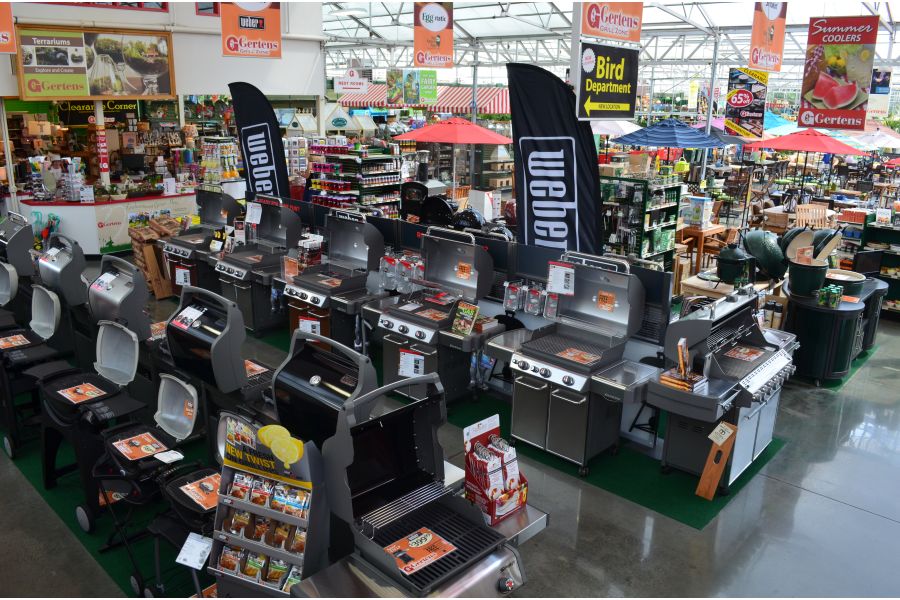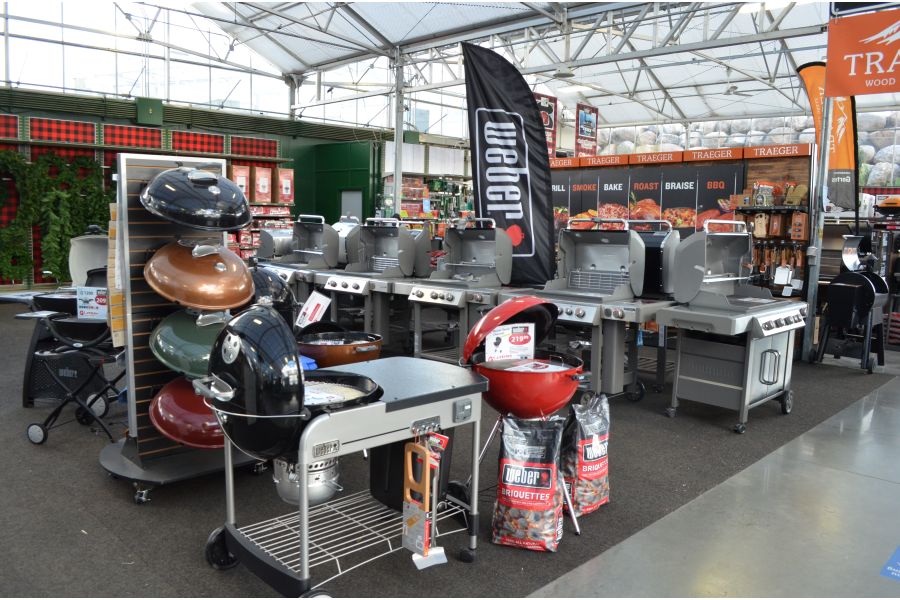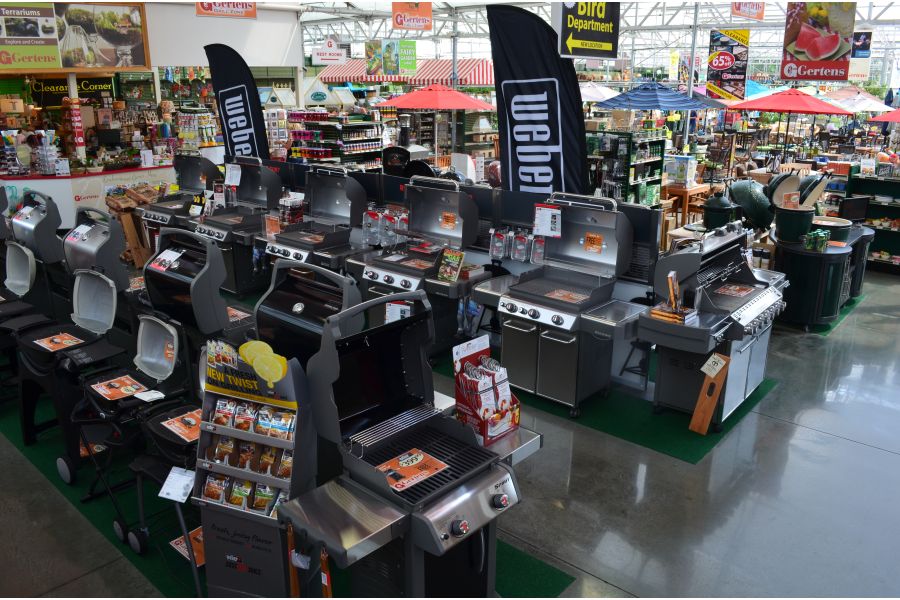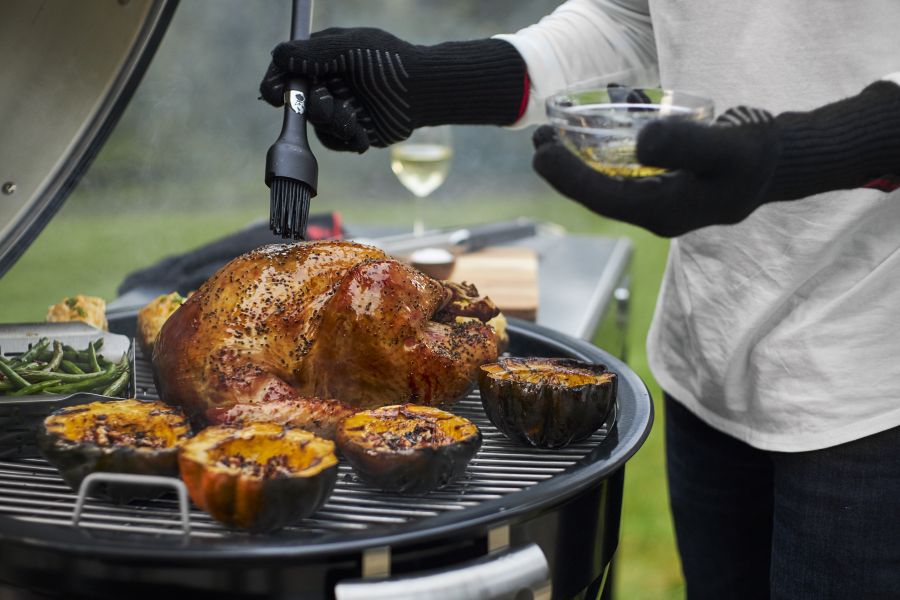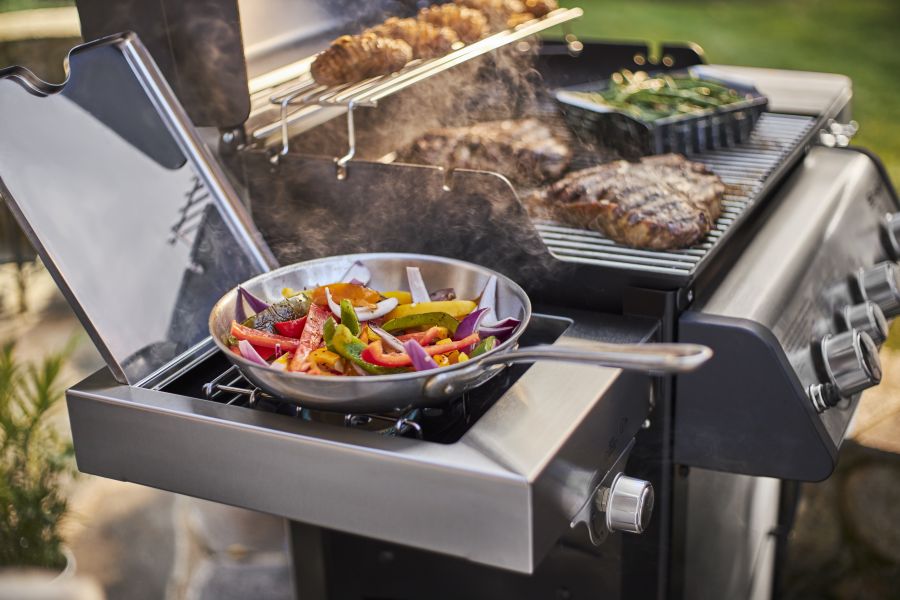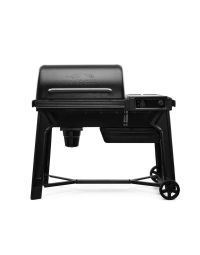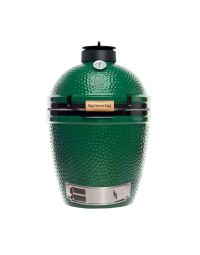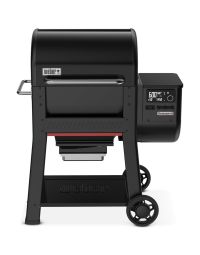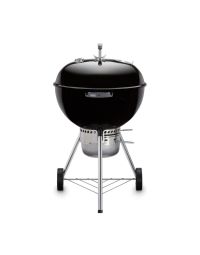Buying a grill is a big deal. Just like any major purchase, the more you know, the better off you’ll be.
It’s easy to get overwhelmed by the sea of grills. Stainless steel, kamado style, different fuels, 1 burner or 6 burners. There is a lot to choose from. Many of them appear to have endless features and appealing gadgets. (Click here to compare the brands Gerten's carries.) But not all grills are created equal. More features don’t necessarily mean better quality.
To make sure you’re getting the most value for your dollar, have an idea of what type of grill you want. Gas, charcoal, pellets, electric. Read our article on the various Types of Grills to have a better idea of what each offer. For instance:
- Charcoal can be a slower-paced experience filled with rich, smoky flavor
- Pellet fed grills give you that rich flavor and are quicker to warm to cooking temperature.
- Gas grills are quick and easy.
You can always have more than one grill!

Price range
(Click here for an article explaining which grill is right for you.)
- Buying a grill can be quite an investment. Grills can range anywhere from $50 to $3,000.
- Decide what features are most important to you.
- How much you’re willing to spend.
- Grill performance, so steer clear of models that boast lots of features, but don’t have the quality to pull them off.
- Once you’ve figured out type and price, it’s time to assess the key components of every grill.
Cooking systems
- Charcoal grill will contain a sturdy, heavy-duty, plated steel cooking grate and a charcoal grate to place the fuel on. A lid with air vents should top things off.
- Kamado style charcoal grill will have thick walls, venting at the bottom and on top and a solid 'fire box' for the charcoal.
- For a free-standing, non-portable gas grill, look for models that have two or more separate burners (not just control knobs), which allow for greater heat control.
- Smaller, portable and electric models may have fewer burners but should still have solutions for heat control and emit even, consistent heat.
- All grills should also have an efficient grease or ash collection system to keep the heat source clear of any clogs and any run-off juices from making a mess of your gorgeous grill.
- The best systems quickly flash the drippings, eliminating flare-ups and creating flavorful smoke. See Weber flavorizers

Accessories
- Rotisserie
- Smartphone thermometer
- Lighting
- Find out if the grill you are interested in has them already or can be added later on. See accessories.
Construction
- A quick way to test construction is with a simple shake.
- A good quality grill will feel solid and sturdy when you shake it.
- A poorly made grill will wiggle unevenly and may sound loose or flimsy.
- If a grill isn’t solid on the sales floor, chances are it will fall apart rather quickly on your patio or deck.
Assembly:
- Assembly can be a real headache.
- Choosing to have your grill assembled will save you hours. Some grills require hours upon hours to assemble.
- Better brands reduce or eliminate the amount of assembly required by the consumer.
Service and Warranties:
- Top-notch customer service should come with any quality-made grill.
- This should include thorough, easy-to-read information about the product, and a toll-free service line for any questions after you get the grill home.
Remember, your food’s only going to be as good as your grill, so make sure a one-time bargain doesn’t turn into a long-term disappointment.
The experts at Gertens are always available to answer your questions!

